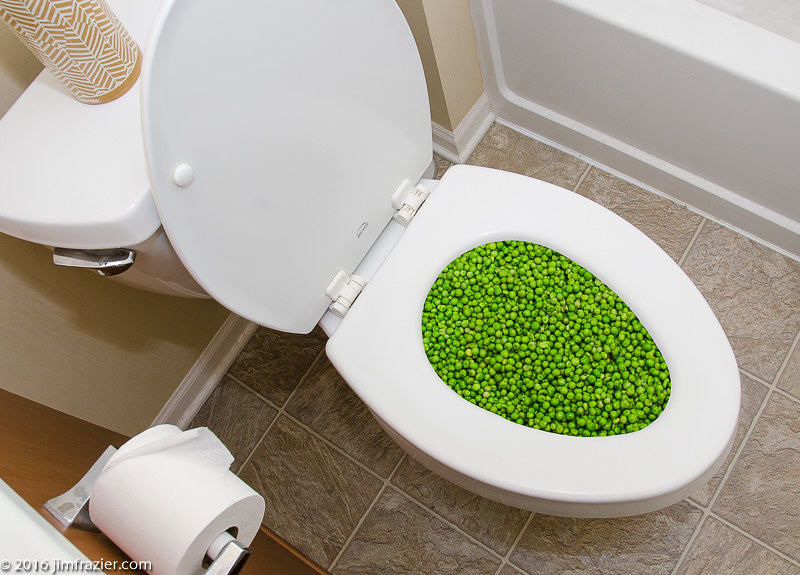Is it Permitted to Dispose of Food Down the Toilet?
Is it Permitted to Dispose of Food Down the Toilet?
Blog Article
This post down below relating to Flushing Food Down the Toilet? is really interesting. Check it out yourself and see what you think about it.

Intro
Lots of people are usually faced with the problem of what to do with food waste, especially when it involves leftovers or scraps. One typical question that occurs is whether it's alright to flush food down the toilet. In this write-up, we'll look into the reasons why individuals may consider purging food, the consequences of doing so, and different techniques for appropriate disposal.
Reasons why individuals could take into consideration purging food
Lack of recognition
Some people might not understand the prospective damage triggered by purging food down the bathroom. They may wrongly think that it's a safe practice.
Benefit
Flushing food down the bathroom might look like a quick and very easy option to dealing with unwanted scraps, especially when there's no neighboring garbage can offered.
Laziness
In many cases, people may simply pick to flush food out of sheer laziness, without taking into consideration the consequences of their activities.
Consequences of flushing food down the bathroom
Ecological effect
Food waste that winds up in waterways can contribute to air pollution and harm aquatic ecosystems. Furthermore, the water used to flush food can stress water resources.
Plumbing problems
Purging food can lead to blocked pipelines and drains pipes, creating costly plumbing repair services and aggravations.
Types of food that should not be flushed
Fibrous foods
Foods with fibrous structures such as celery or corn husks can get tangled in pipes and trigger blockages.
Starchy foods
Starchy foods like pasta and rice can take in water and swell, bring about blockages in pipelines.
Oils and fats
Greasy foods like bacon or cooking oils ought to never be purged down the toilet as they can solidify and trigger blockages.
Appropriate disposal techniques for food waste
Making use of a garbage disposal
For homes furnished with waste disposal unit, food scraps can be ground up and flushed through the plumbing system. Nevertheless, not all foods are suitable for disposal in this way.
Recycling
Certain food product packaging products can be recycled, lowering waste and minimizing ecological impact.
Composting
Composting is an environment-friendly method to get rid of food waste. Organic products can be composted and used to enhance dirt for horticulture.
The relevance of appropriate waste management
Minimizing ecological harm
Appropriate waste monitoring techniques, such as composting and recycling, assistance decrease pollution and maintain natural deposits for future generations.
Securing plumbing systems
By avoiding the technique of flushing food down the toilet, home owners can prevent costly plumbing fixings and preserve the integrity of their pipes systems.
Conclusion
To conclude, while it may be alluring to purge food down the bathroom for comfort, it is necessary to understand the prospective consequences of this action. By adopting proper waste monitoring techniques and taking care of food waste responsibly, people can contribute to much healthier pipes systems and a cleaner atmosphere for all.
FLUSH FOOD DOWN THE TOILET?
FLUSHING FOOD CAN CAUSE BLOCKED DRAINS IN YOUR HOME
All of the plumbing fixtures in your home are connected to the same sewer pipe outside of your home. This outdoor sewer pipe is responsible for transporting all the wastewater from your home to the Council sewer mains. Even small pieces of food that go down the kitchen sink can cause problems for your sewer. It should therefore be obvious that flushing larger bits of food, such as meat, risks a clog in either the toilet itself or the sewer pipes. Flushing greasy food is even more problematic because oil coagulates when it cools, coating the interior lining of your pipes.
THE TOILET IS NOT A BIN
Food isn’t the only thing that people shouldn’t be flushing down the toilet. People use the toilet to dispose of all kinds of things such as tampons, makeup wipes, dental floss, kitty litter and even underwear. Water goes to great lengths to educate residents about the high costs and stress placed on wastewater treatment systems simply from people flushing the wrong stuff down the toilet. It costs taxpayers millions of dollars each year, and homeowners thousands in blocked drain repairs.
FLUSHING FOOD IS A WASTE OF WATER
Flushing food is a waste of our most precious resource - water. In June this year Level 1 water restrictions were introduced to protect water supply from drought conditions. Much of New South Wales continues to be affected by prolonged drought with recent figures revealing up to 97 per cent of the state remains in drought. Depending on whether you have a single or dual flush toilet, every single flush uses between five and 11 litres of water. In the current climate this is a huge amount of water to be wasting on flushing food that should be placed in the bin (or better yet, the compost).
https://www.jabplumbingsolutions.com.au/blog/can-you-flush-food-down-the-toilet

We were guided to that article on Is it safe to flush food (especially rice) down the toilet? from a buddy on a different website. Sharing is good. You never know, you may very well be helping someone out. I treasure reading our article about What Can Happen If You Flush Food Down the Toilet?.
Apply Now Report this page